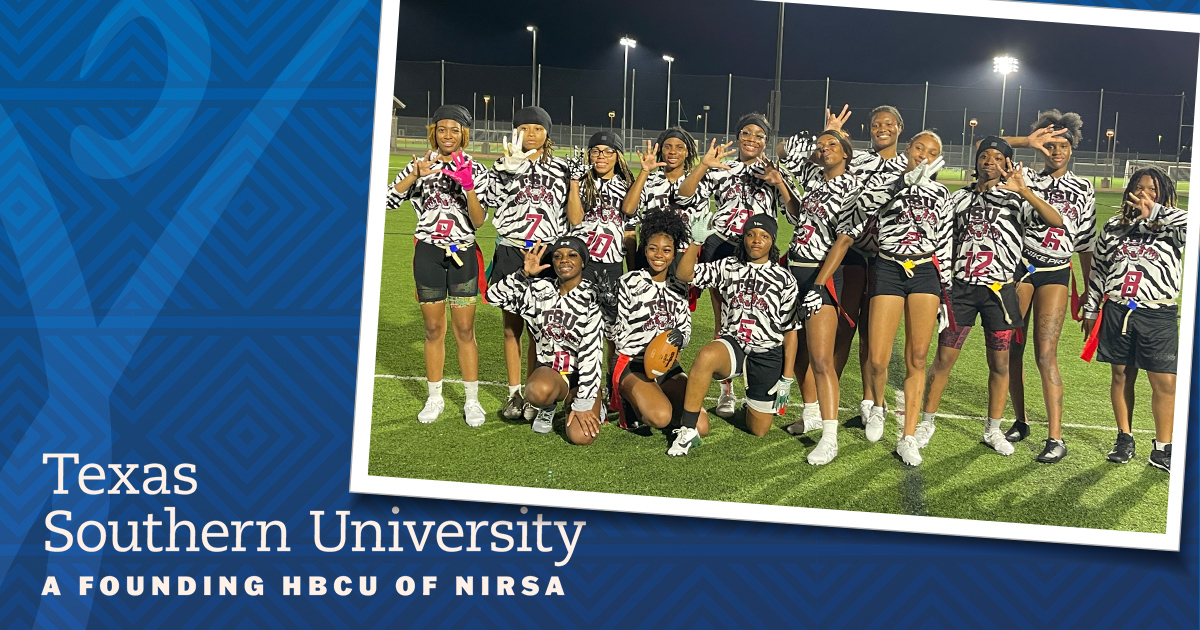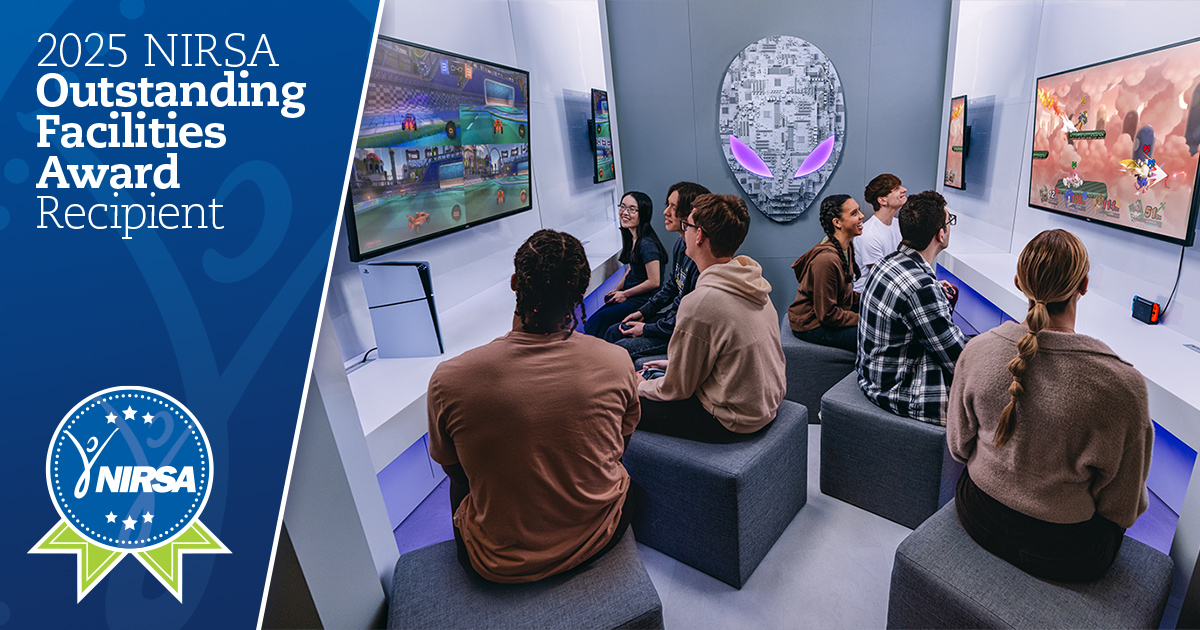They say everything is bigger in Texas. In the case of Texas Southern University’s sprawling 150-acre campus in Houston’s historic Third Ward, it’s true—the school is one of the nation’s largest HBCUs. TSU’s history involves significant change and growth; the school operated under three different names before settling on Texas Southern University in 1951.While it was initially established—nearly a century ago, in 1927—to educate Black students from Houston, Texas Southern University now boasts 9,500+ undergraduate and graduate students, hailing from around the world.
TSU has become one of the most diverse institutions in Texas; it “is a student-centered comprehensive doctoral university [that is] committed to ensuring equality, offering innovative programs that are responsive to its urban setting, and transforming diverse students into lifelong learners, engaged citizens, and creative leaders in their local, national, and global communities.”

To serve the TSU Tigers community, Texas Southern now offers over 100 bachelor’s, master’s, and doctoral degrees. It has gained a reputation as a comprehensive urban university, recognized by the excellence of its programs, the quality of the instruction, and the community’s innovative research.
About TSU Campus Recreation
The TSU Recreation and Wellness Center was designed and built in 2002 specifically for the students, faculty, staff, alumni, and patron members of the Tiger community. The department provides services to approximately 5,000 students each year. Dr. Iisha Voltz, Director of Campus Recreation, Jeremy Lewis, Assistant Director of Campus Recreation, and Jessica Allen, Assistant Director of Facilities Operations make up the Campus Recreation staff and together with the student staff they are striving for excellence by offering the latest fitness equipment/amenities, an outstanding aquatics center, exercise studio, and various indoor sports activities.

Students who drop in the REC Center for informal recreation and those who enjoy a more competitive atmosphere, through the Rec Sports Department, are never disappointed. The gymnasium houses an indoor running/jogging track and community fitness is supported through regular group exercise classes and even through individual workouts with or without a personal trainer. Campus Recreation also provides job opportunities for TSU students who share a passion for helping others live a more active and healthy life.
TSU Campus Recreation professionals are also active in NIRSA: Iisha is a current member of the NIRSA Services Corporation Board of Directors and a former member of NIRSA’s HBCU Task Force. Jessica is an active member of NIRSA and was recently featured in Dr. Wendy Windsor’s “Hidden Talents in NIRSA” series.
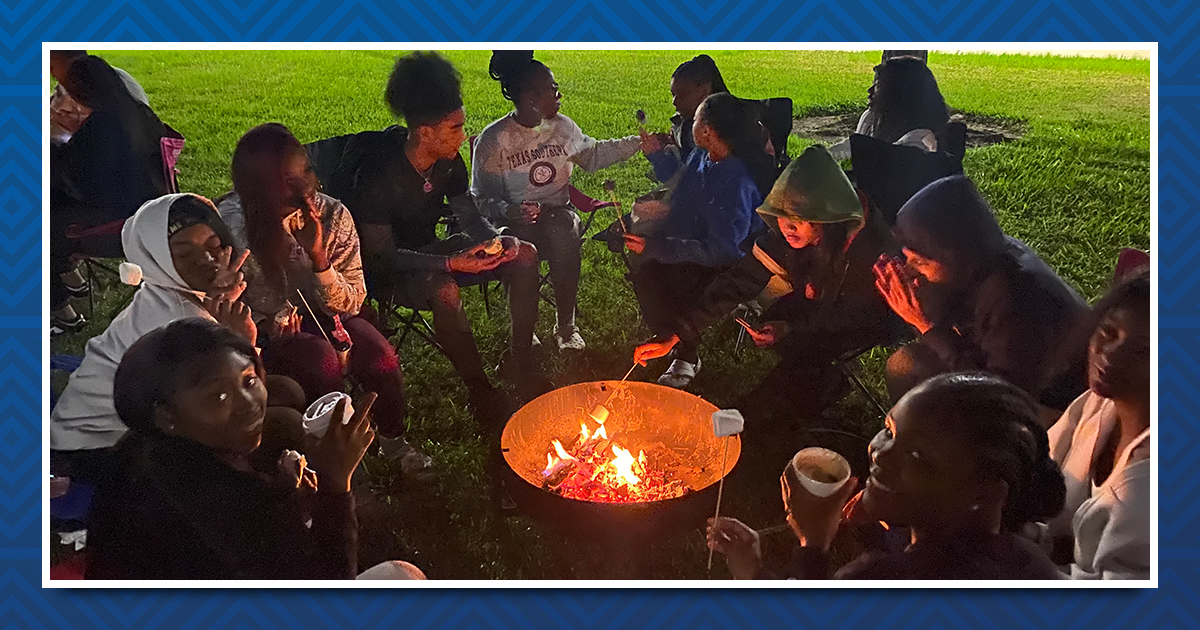
Celebrating NIRSA’s founders
From the time two state schools in the Midwest devoted spaces and resources to campus recreation, a century of ever-growing commitment to programming, participation, inclusion, and outside-of-the-classroom learning has prevailed for students and faculty in higher education.
As more and more campuses began to offer recreational sports, these programs caught the attention of scholars who were interested in their positive effects on campus culture and students’ quality of life.
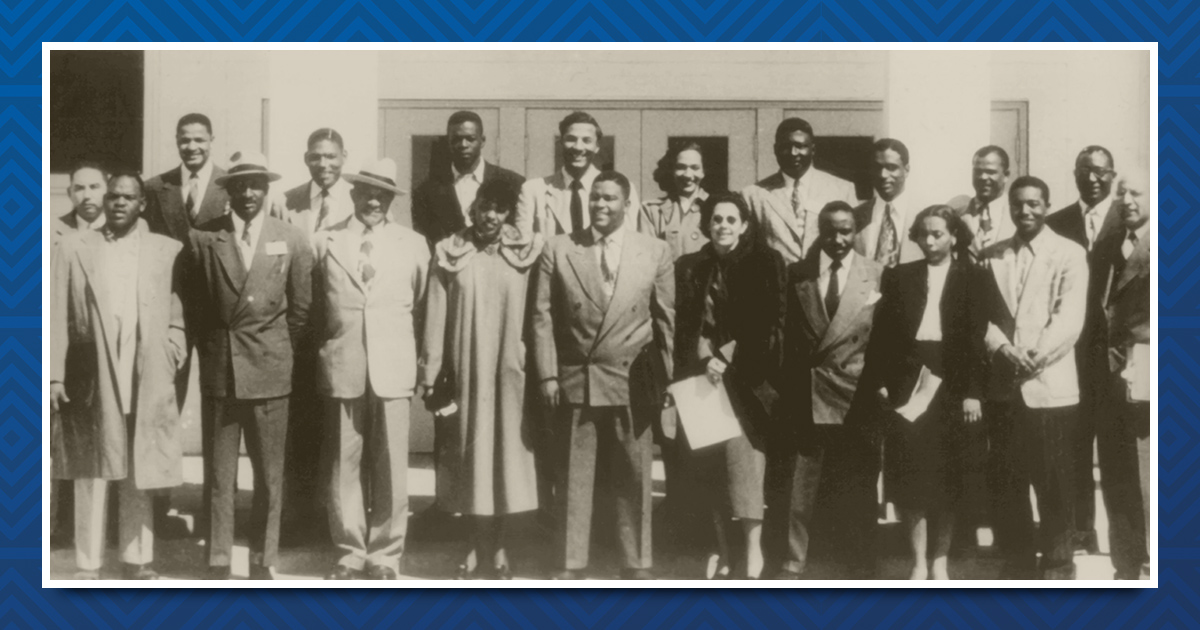
Dr. William Wasson was one such scholar, who discovered the value of intramurals studying Physical Education under Elmer Mitchell at the University of Michigan in 1946. He went on to develop his own intramural program at Dillard University, and in 1948 commenced a study, with funding from the Carnegie Foundation, titled “A Comparative Study of Intramural Programs in Negro Colleges.”
The results of his study were shared with the institutions that participated in his research. The discussion culminated in an Intramural Summit on the Dillard University campus on February 22, 1950; the 20 intramural directors gathered there, representing 11 Historically Black Colleges & Universities, formed the National Intramural Association (NIA), precursor to today’s NIRSA. The NIA was the first organization of its kind, bringing intramural program leaders to share skills and wisdom to advance the good work of their profession. Through Dimples Lee, Juanita G. Pierce, and Viggo Wallace, Texas Southern University—then known as Texas State University—was one of the 11 schools represented at NIRSA’s founding. Two of the three women who are recognized as NIRSA founders hailed from TSU in Houston.
Dimples Lee
Born on May 6, 1922, Dimples (Coffey) Lee grew up as an only child who belonged to a large extended family in Mount Pleasant, Texas. Her father Remus worked in the railroad industry which allowed Dimples and her mother Lenora to travel around the country during her formative years. While in Mount Pleasant, she excelled in school and athletics where she was remembered for her swimming, fishing, sewing, cooking, and gardening acumen.
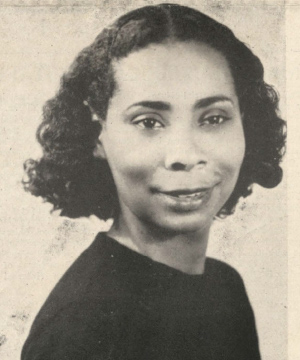
After graduating from Booker T. Washington High School, she enrolled in and eventually graduated from Prairie View A&M University. While in Prairie View, Dimples continued to stand out in athletics—she excelled in basketball, tennis, and track—and her field of study (education), where she was named on the honor roll; she was involved in Delta Sigma Theta sorority. She was named homecoming queen and graduated in 1942.
After graduating from Prairie View A&M, Dimples would move to New York City to pursue further studies through Teachers College at Columbia University. She earned her master’s degree in education from Columbia, becoming “the first black woman from the state of Texas to hold such a degree.” While at Columbia, she began a relationship with Wister Lee who would go on to become her husband. Wister too was a PV graduate, where he had played football—he is a member of the Prairie View A&M University Sports Hall of Fame—and had reached out to Dimples while he was stationed in New York Harbor during his service in the US Navy. They left New York for a life together back in Texas.
They were married in Texas at the end of 1946, shortly after Wister’s thesis “An Evaluation of the Physical Education Program at Prairie View University Prairie View, Texas” had been completed. During their careers, Dimples and Wister held various jobs in education at Prairie View A&M University, at Texas Southern University, and in the public schools of Houston. Among those roles, Dimples was a member of the Texas Southern University faculty through the Dance department in 1950, when she joined her TSU colleagues Juanita Pierce and Viggo Wallace from the Physical Education department for a trip to New Orleans for what would come to be remembered as the first meeting of the National Intramural Association.
At the meeting, Dimples was appointed as the burgeoning organization’s recording secretary. In 1952, she was honored by Prairie View A&M as Miss Homecoming. Dimples and Wister had two sons while continuing careers in education that spanned decades; Dimples became well known and was respected as a mentor and teacher in Houston’s Third Ward community. She was active in her church and in a coterie for over 60 years; she lived a rich social life full of friends and family. In 1952, she was honored by Prairie View A&M as Miss Homecoming. Survived by her son Lamont, Dimples passed away on October 11, 2020, at the age of 98.
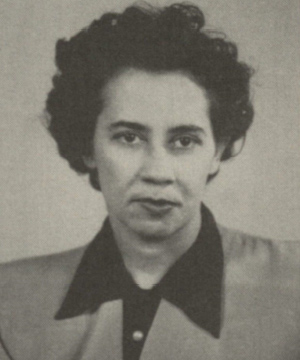
Dr. Juanita Pierce
Born in Colorado City, Texas on October 15, 1912, Juanita George Pierce had an older brother and sister and the George family—Cornelius, Pearl Witherspoon, Arthur, and Honorine—soon moved to Fort Worth, Texas where Juanita excelled in school. Juanita had reportedly accumulated enough credits to graduate from IM Terrell High School at only 15 years old; instead, she remained in Fort Worth another year to voluntarily teach typing and Spanish at her high school alma mater. She graduated a year later, in 1929, as valedictorian of her class.
At the encouragement of her aunt, Juanita enrolled and matriculated to Fisk University in Nashville, TN before her seventeenth birthday. After three years, she graduated cum laude with a degree in Chemistry as part of the class of 1932 Fisk Bulldogs. While in Nashville, she pledged Pi Chapter of Alpha Kappa Alpha Sorority, and her membership would endure for 72 years.
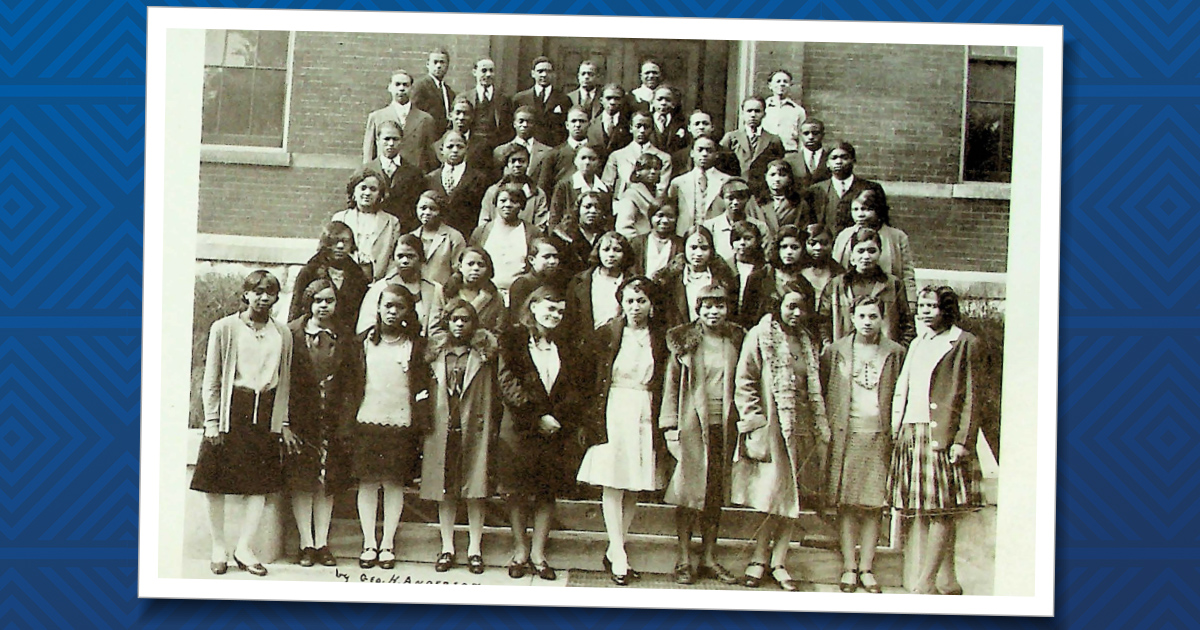
In 1933, Juanita was teaching women’s health and physical education at Wiley College in Marshall, Texas and that same year she would marry a Mathematics professor at Wiley named Joseph Pierce; Joseph had landed in Texas after earning a BA in sociology and business from Atlanta University, nominally to coach football at Texas College in Tyler. However, Joseph soon transitioned into a career of teaching Mathematics, and he obtained a master’s degree in Mathematics from the University of Michigan in 1930 which led to his appointment at Wiley College.
In 1935, while in Wiley—during a time dramatized through the movie The Great Debaters—Juanita became a mother to her and Joseph’s only son Joseph Alphonso Pierce and Joseph decided to continue his education by pursuing his doctorate degree at the University of Michigan, which he achieved in 1938. (According to the School of Mathematics and Statistics at the University of St Andrews’ MacTutor Index, Joseph became the sixth Black man in the United States to earn a PhD in Mathematics.)
The young family then moved to Atlanta, Georgia in 1938 after Joseph had accepted a teaching position in the graduate school of Mathematics at his alma mater Atlanta University. Juanita would teach physical education at Oglethorpe Elementary School, Laboratory High School, and Atlanta University during their 10-year stay in Atlanta; Joseph would also hold roles at Morehouse College and the College of the Virgin Islands. Atlanta during that time was “a growing mecca” for Black men and women, and the Pierce family reportedly loved being in the midst of it all.
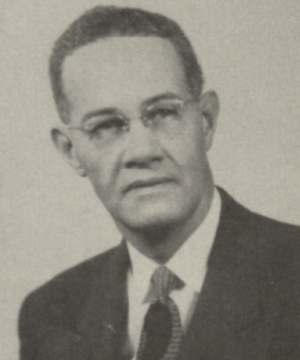
It was during their Atlanta period that Juanita was inspired to travel to New York to complete her master’s (1945) and doctoral studies (1946) in Health and Physical Education, which she did in just two years at New York University. During their Atlanta period, Joe served as the president of the National Institute of Science and that he published his most influential work, Negro Business and Business Education, which was reprinted nearly 50 years after its debut.
By 1948, the pioneering ‘doctorate couple’ had been recruited by the newly created Texas State College for Negroes—which became Texas Southern University in 1951. Joseph—a former football player at Atlanta University—was the chairman for the Mathematics department and by 1950 was also serving as the Athletic Director; Juanita was serving as the founding head of the Department of Women’s Health and Physical Education at TSU. The two can be found side-by-side in the “The Tiger, 1950” TSU Yearbook, the year Juanita would travel with her colleagues to New Orleans for the inaugural meeting of the National Intramural Association.
Juanita would spend nearly two decades at TSU, before finishing her teaching career in 1967 to share retirement with Joe, who had risen to become the third President of TSU, after a stint as Dean of the Graduate School (1952-1966). Together, they inspired multitudes of students who would go on to become teachers, entrepreneurs, and civic leaders across the nation. The pair moved to San Antonio before Joseph passed away in September of 1969, and Juanita would work for a few years at Ella Austin Community Center. She maintained a rich family life and active social connections until she passed away on August 26, 2003 at the age of 90. Affectionately known in her community as “Mother Pierce,” Juanita was celebrated as “a noted advocate of education for women” by the Texas State Legislature after her passing.
Viggo Adelbert Wallace
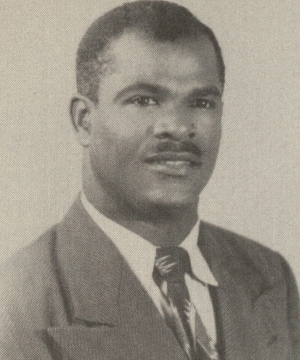
Viggo Adelbert Wallace, aka “Brutus,” was one of five members of the Physical Education faculty at TSU in 1950. Born the day after Christmas in 1915 in St. Thomas, Virgin Islands, he grew up in a large family on the Virgin Islands. He would graduate from Charlotte Amalie High School in 1938, where he was a multi-sport athlete.
Viggo would pursue athletics and academics at the Hampton Institute—today’s Hampton University—in Hampton, Virginia. At the Hampton Institute he’d receive varsity letters in football, tennis, and wrestling, while also captaining the boxing, wrestling, and swimming teams before completing his Bachelor of Science in Biology and Physical Education in 1945.
After completing his degree and before he returned to the Virgin Islands in 1955, Viggo held positions in physical education and athletics at several colleges and universities in New York, New Jersey, Texas, Louisiana, and Indiana, while also pursuing some post graduate studies. Among his roles was a stint in the Physical Education department at Texas Southern University at the beginning of the 1950s. The 34-year-old would travel to New Orleans with his two colleagues for the first meeting of the National Intramural Association in February of 1950.
One year after moving back to the Virgin Islands, he would marry his wife Julia Taylor Wallace and the couple would have two daughters together. He continued a career in education until he retired from the Department of Education and the Department of Conservation and Cultural Affairs in 1982, making a profound impact on young athletes from the Virgin Islands who would go on to enroll in mainland colleges and further develop their athletic careers, including athletes competing through Special Olympics opportunities.
By all accounts, Viggo was a devoted family man and community servant. Upon his passing on July 23, 1994, memories of Viggo were shared by the Virgin Islands Senate President and from the Virgin Islands Commissioner of Education, among many others, where they paid tribute to his passion for physical education and his penchant for passing it on to young people through service.
At least one professional from Texas Southern University would go on to attend the second NIRSA Conference in 1951; however, it is unclear if Dimples, Juanita, Viggo, or another member of the Physical Education department made the trip to Daytona Beach, FL for the 1951 event on the campus of Bethune-Cookman College.
Most NIRSA members know that this association owes much to the HBCUs that have been part of the Association since its inception. But many may not know that NIRSA has a dedicated HBCU Coalition committed to providing resources and avenues for networking for today’s crop of HBCU leaders in collegiate recreation.
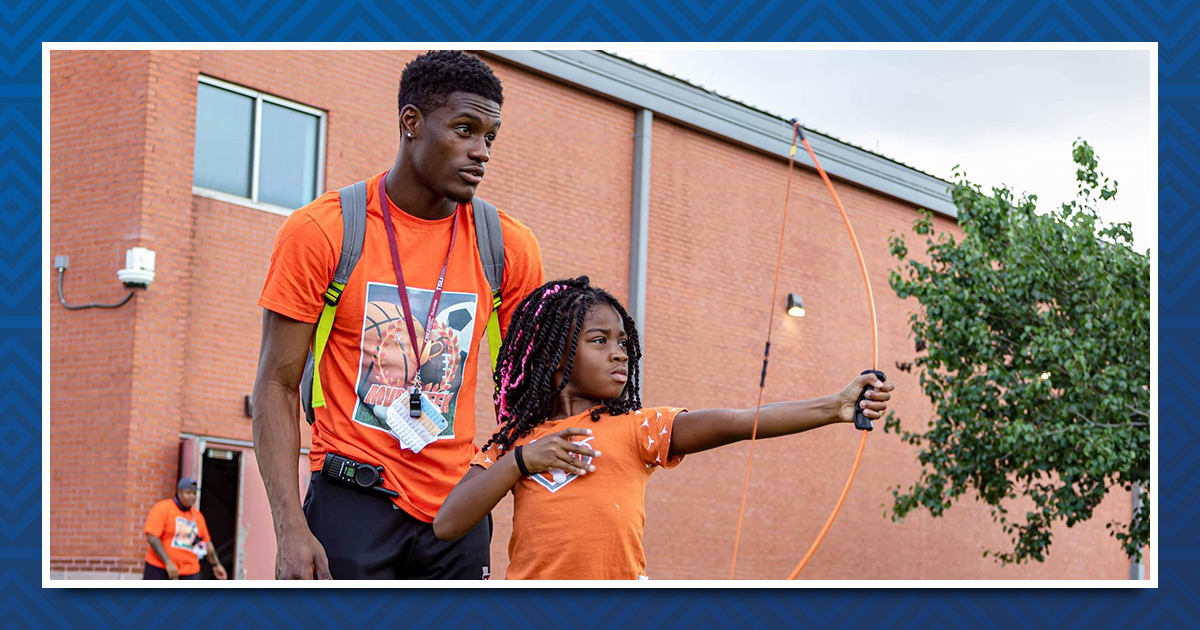
Encouraging diversity in campus recreation
The 33rd annual Emerging Recreational Sports Leaders Conference will take place at Howard University in Washington, D.C. from February 19–21, 2025. The goal of the ERSL Conference since its inception in 1992 has been to provide minority students who are interested in careers in collegiate recreation with the tools and network connections needed to succeed in this dynamic field.
- For more information about Texas Southern University Campus Recreation visit their website. For more information about the NIRSA HBCU Coalition, contact any of the members serving on this volunteer leadership group.


